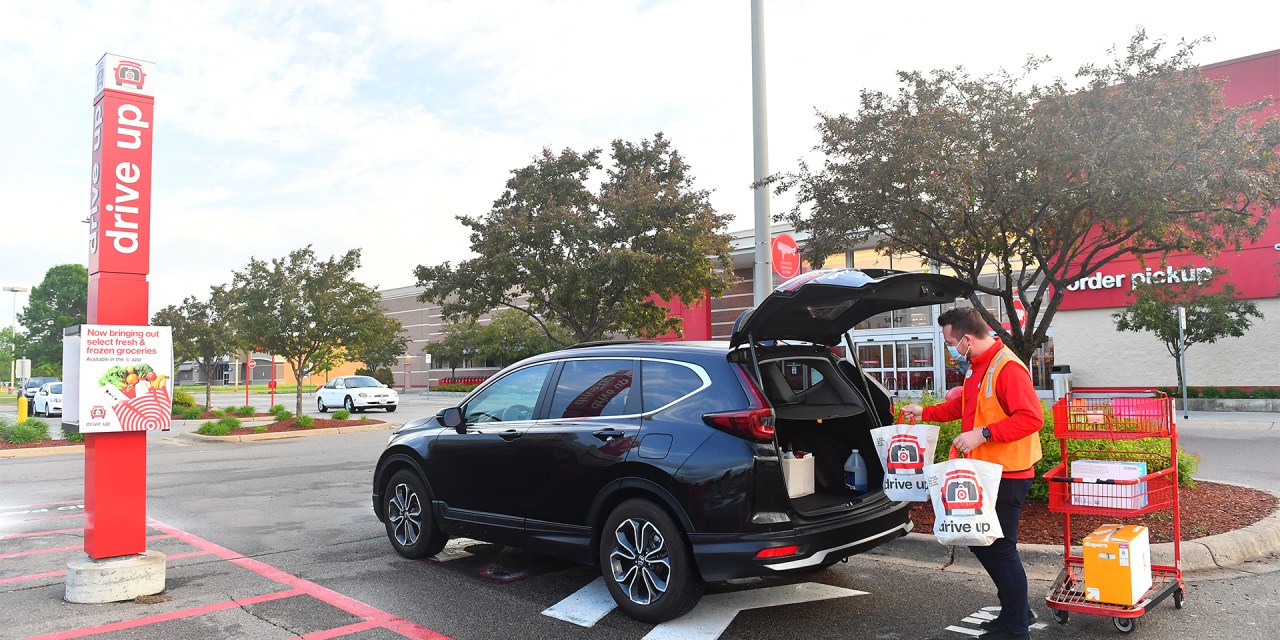With a slower holiday shopping season projected, seasonal hiring is late and in a lull

Around this time last year, retailers were clamoring to get a hold of thousands of seasonal workers with some making hiring announcements as early as August. The holiday hiring environment in 2023, however, is a stark contrast to what it was the previous year.
Just a few weeks away from Black Friday, only a handful of retailers have announced their holiday hiring plans, and according to ZipRecruiter’s Chief Economist Julia Pollak, the push for holiday job advertising started later than the previous year. Among those that have made their holiday hiring plans known, many are either hiring fewer or roughly the same amount of workers.
Macy’s announced that it is hiring even fewer holiday workers this year at over 38,000 compared to last year’s 41,000. Dick’s Sporting Goods is hiring 8,600 workers compared to last year’s 9,000 and 2021’s 10,000 figures. Meanwhile, Target said it is hiring 100,000 workers again this year.
“Retailers aren’t ready to commit fully to the number of employees that they are planning to hire for holiday,” said Rachel Dalton, head of retail insights at Kantar. “I think they’re waiting to see over the next number of weeks what the demand will look like from consumers before they fully commit.”
Retailers are being more cautious about their holiday hiring plans this year. For good reason: Shoppers have been pulling back spending on discretionary items throughout the year, and starting this month, student loan payments will start taking out a chunk of their salaries again. As a result, outplacement services company Challenger, Gray & Christmas predicts that the retail sector will add 410,000 seasonal positions — the lowest amount since 2008.
Dalton said that retailers could still adjust their plans throughout the year if sales grew higher than expected. A bigger workforce means higher costs and without the level of demand to justify it, the cost could impact retailers’ profitably this quarter, she said.
Retailers like Walmart and Party City have yet to reveal their holiday hiring plans as of press time. Last year, Walmart announced its seasonal hiring goals around mid-September, while Party City announced its hiring plans in August.
Ziprecruiter’s Pollak said that retailers could be expecting softer sales this holiday. “Many anticipate that U.S. consumers could feel increased financial strain this year,” she said. “Our ZipRecruiter Job Seeker Confidence Index finds that financial stress levels are at the highest since we started that survey with job seekers, and consumers more generally, hitting the maximums on their credit cards, seeing their credit scores fall due to the student loan restart and struggling with the effects of inflation.”
Global consultancy firm Bain & Company expects retail sales to grow just 3% this holiday, the lowest growth rate since 2018. In comparison, Bain projected holiday sales in 2022 to grow 7.5%.
The U.S. Postal Service doesn’t expect to need as many seasonal workers as it did in recent years when e-commerce shopping significantly increased. This year, USPS said it will only hire 10,000 seasonal workers this year, a drop from last year’s 20,000 and 2021’s 45,000 hiring goals.
While retailers can indeed make adjustments to their labor force once they get a better sense of the demand, it can be challenging to ramp up hiring so late, said Robert Bird, professor of business law at the University of Connecticut. Finding, interviewing and training potential workers can take time, he added.
“If there’s a sudden surge of demand, say in early December, that’s going to be difficult,” Bird said. “You can only hire people so quickly in a manner that allows them to be fully trained and ready to serve for operations.”
Ziprecruiter’s Pollak said it will only continue to get harder for retailers to find more workers to fill up blue-collar jobs, with the U.S. working-age population no longer growing and becoming increasingly college educated. She added that retailers who aren’t equipped with workers could end up losing out on sales if the demand is higher than expected.
“The big story for the past year and a half has been that the economy keeps surprising to the upside,” she said. “What very well may happen is that companies who are extremely cautious, projecting lower sales, could find that in fact they end up with lines of customers down the aisles.”
